How to Remove Malicious Code, Malware from Websites?
Galido
OCTOBER 8, 2018
Information Technology Blog - - How to Remove Malicious Code, Malware from Websites? The main reasons how website get hacked or infected with malware are: Phishing. Do you want to remove malware, malicious code and from a website and clean it? Malware injections. Wordfence Premium license for one year (worth $99).




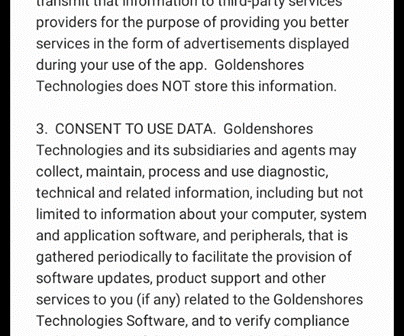
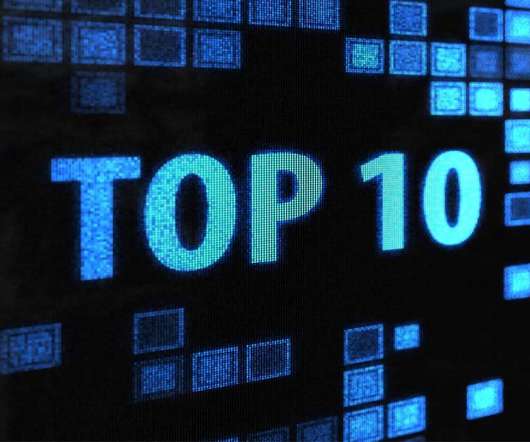

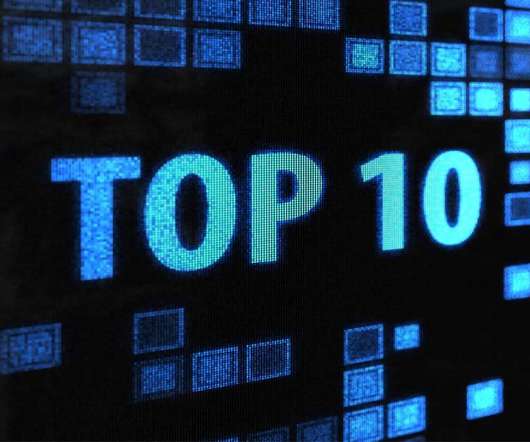
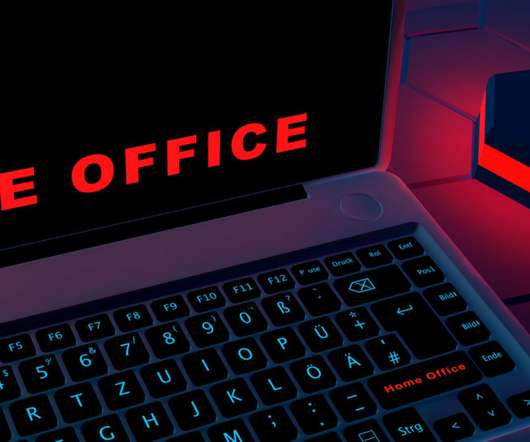

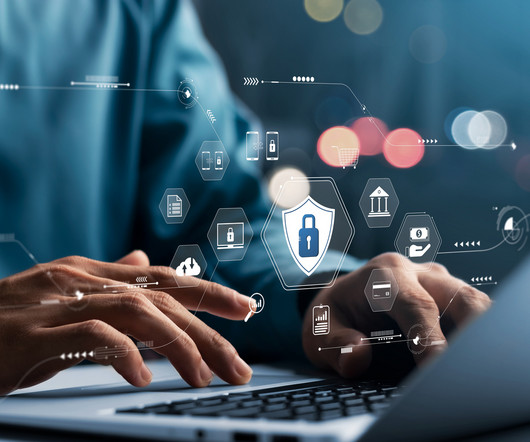





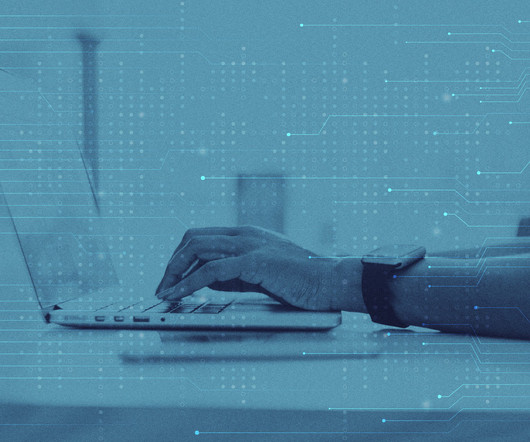
















Let's personalize your content